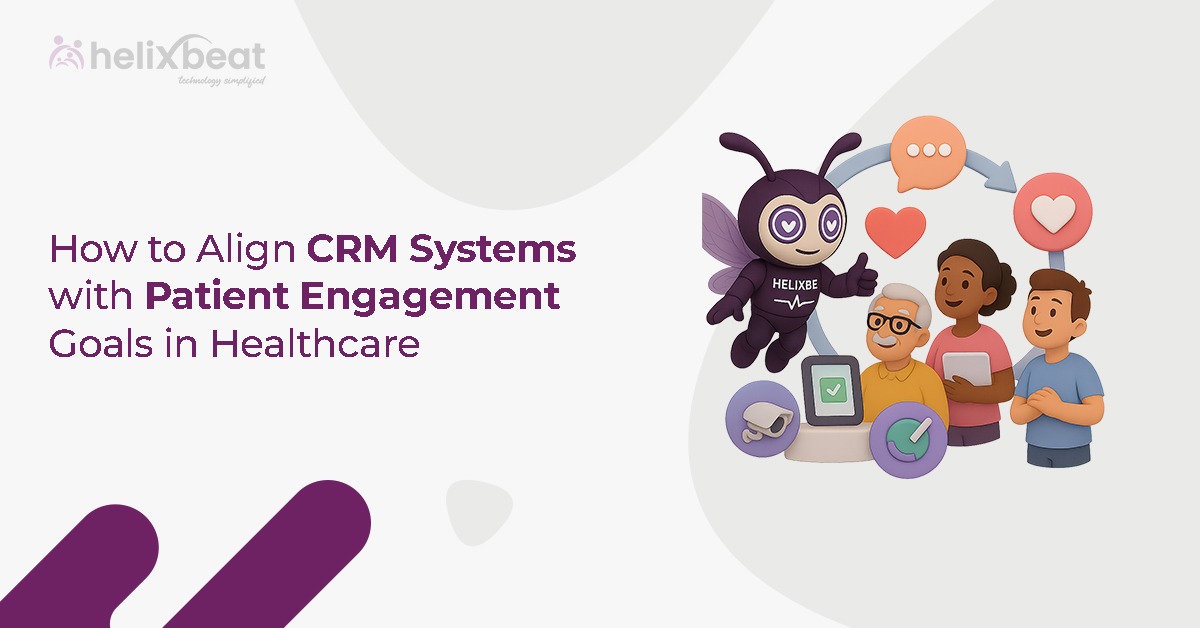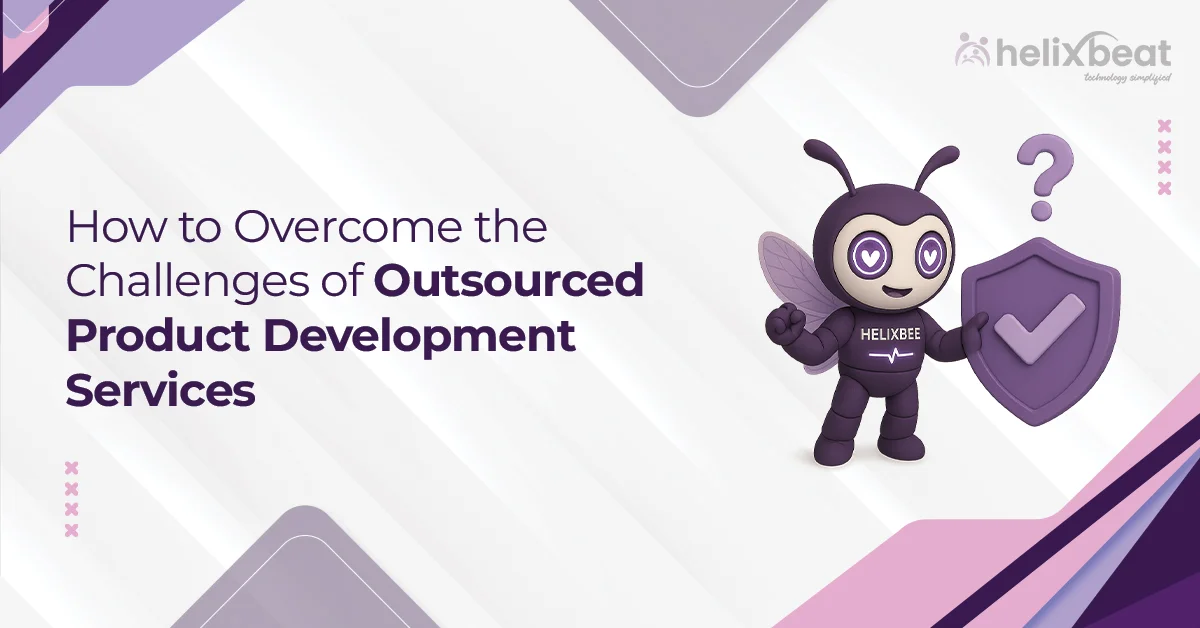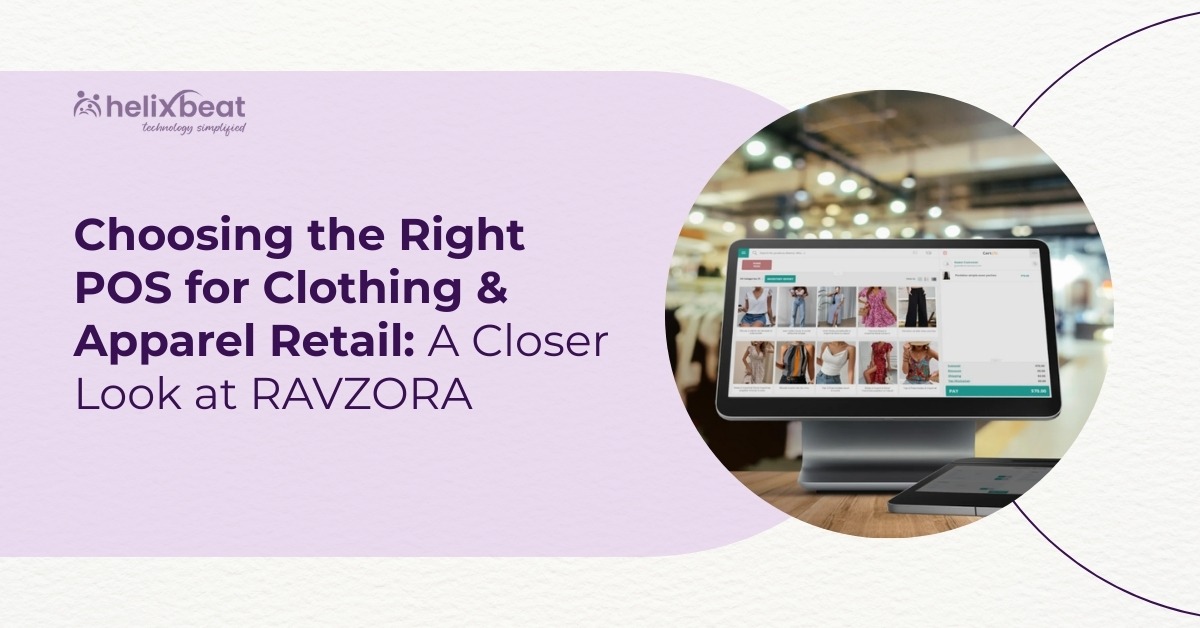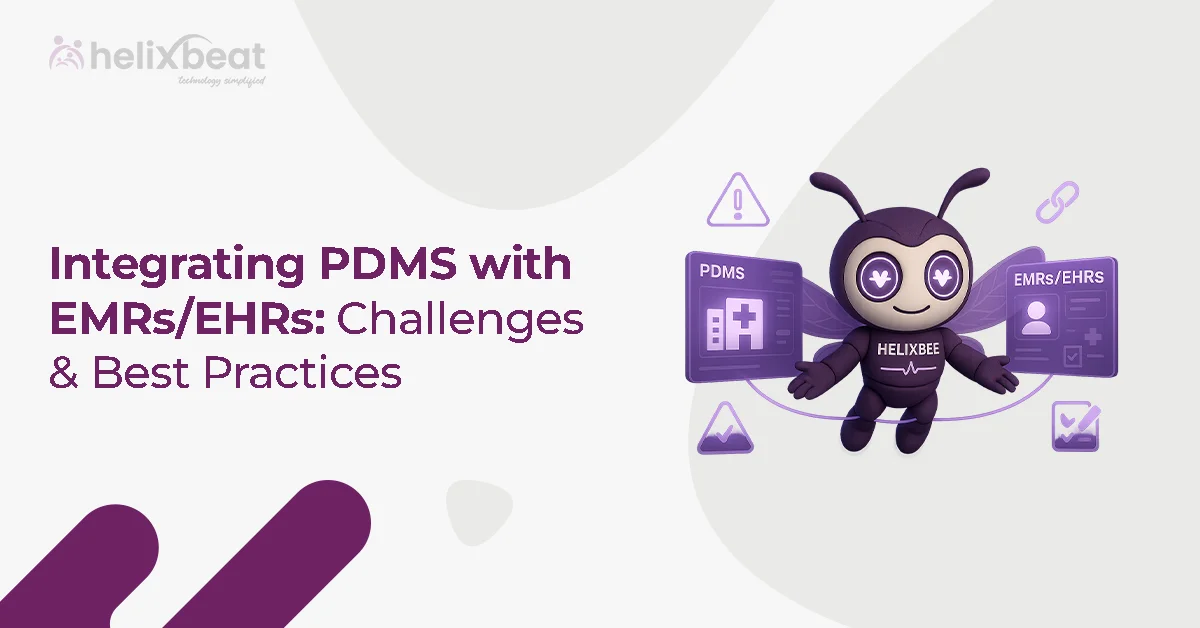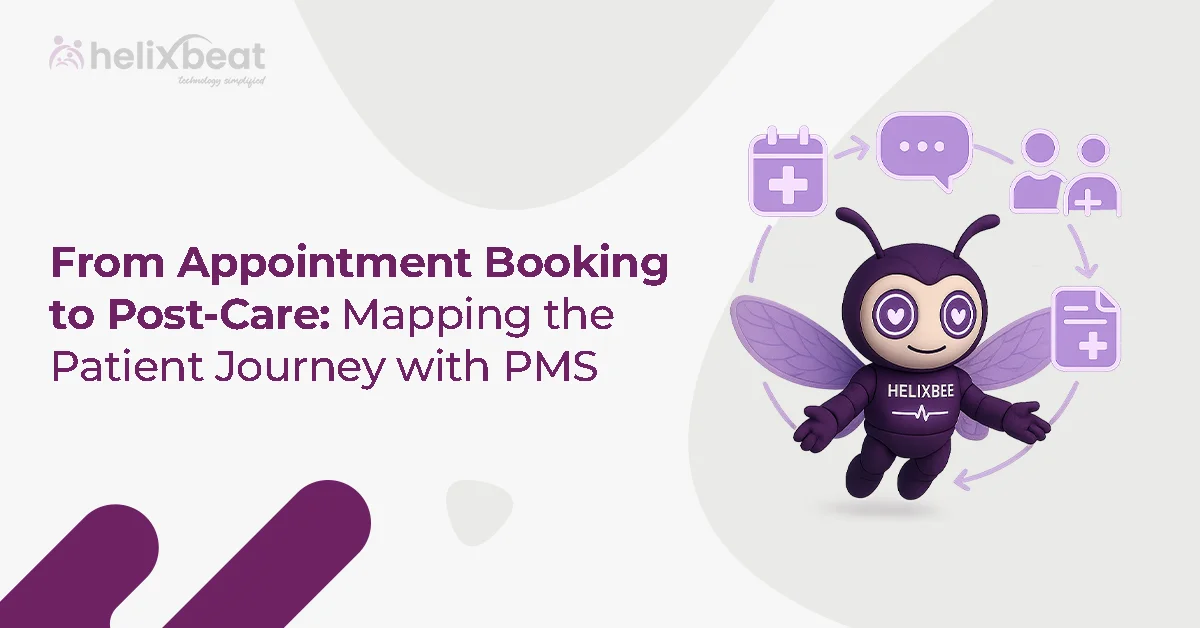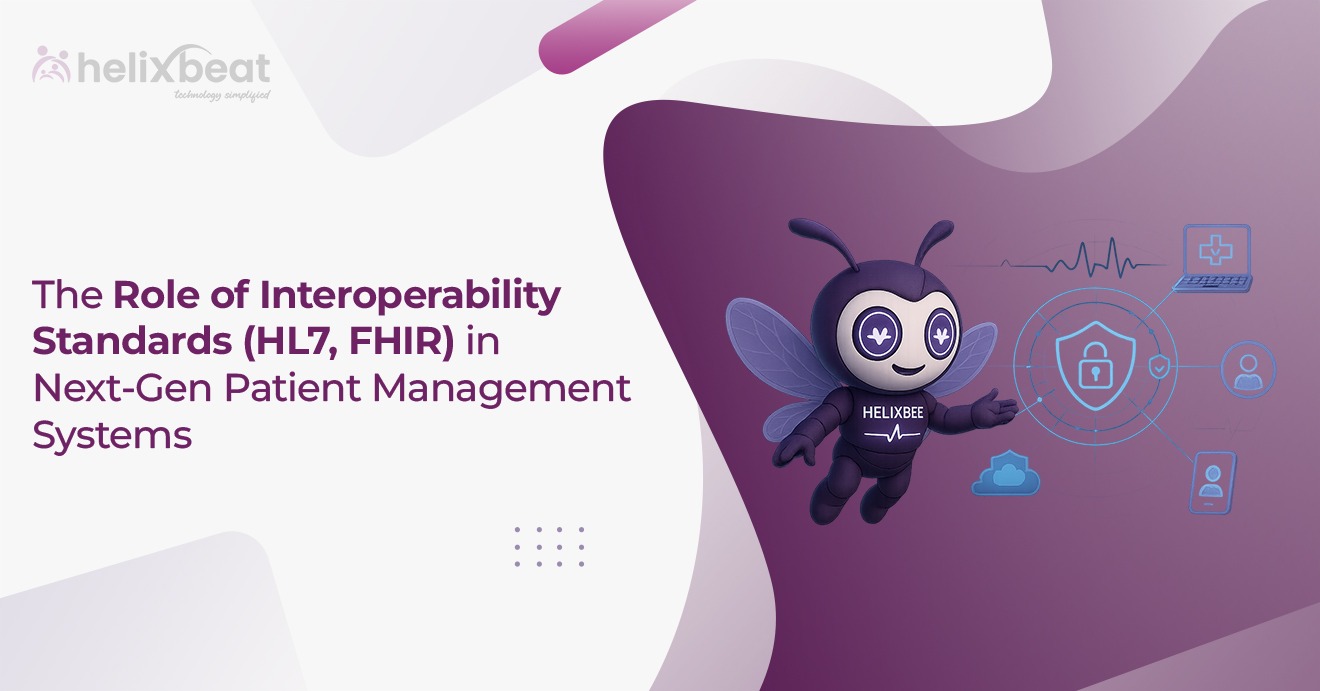Patient engagement in healthcare refers to the involvement of patients in their own care, which has proven to improve health outcomes and patient satisfaction. Engaged patients are more likely to follow treatment plans, make informed decisions, and manage chronic conditions effectively. With the rise of digital tools and technologies, patient engagement software has become essential in creating a connected healthcare experience.
One of the most significant ways to improve patient engagement is by integrating a CRM system with patient management software. The goal is to provide a seamless patient experience from scheduling appointments to follow-up care, ensuring patients are continuously engaged and informed throughout their healthcare journey.
According to a study by the Mayo Clinic, engaged patients experience better health outcomes, making it essential for healthcare providers to implement strategies that foster continuous interaction and involvement

Table of Contents
What are the 5 Levels of Patient Engagement?
The five levels of patient engagement represent a continuum of patient involvement in their care. A patient engagement platform like PULSE by HelixBeat can help patients progress through these levels by offering the tools and support they need to participate in their care actively. These levels highlight how patients progress from passive participants to active, informed partners in their healthcare journey:
- Level 1 – Passive Participation: Patients at this level are mainly passive recipients of care. They follow instructions but do not actively engage in decision-making.
- Level 2 – Aware but Passive: Patients are informed about their conditions but still rely heavily on their healthcare providers for decisions.
- Level 3 – Active Involvement: Patients start actively participating in their care, asking questions, and making decisions about their treatment.
- Level 4 – Collaborative Participation: Patients work closely with healthcare providers, sharing insights and taking control over their health management.
- Level 5 – Empowered Self-Care: Patients take full responsibility for their health and engage in self-management, including lifestyle changes, medication adherence, and ongoing health tracking.
Explore Features of PULSE to Improve Patient Engagement
How is CRM Used in Healthcare?
CRM (Customer Relationship Management) systems are widely used in healthcare to manage interactions with patients, streamline operations, and enhance patient experiences. CRM in healthcare allows providers to:
- Track patient interactions: Monitor appointment histories, treatment plans, and follow-up care.
- Send reminders: Automate appointment reminders, medication schedules, and health alerts to ensure patients stay on track with their care.
- Provide personalized communication: Send tailored messages, newsletters, and health tips based on patient needs, improving satisfaction and adherence.
- Manage patient inquiries: Efficiently handle patient concerns, questions, and feedback to enhance the care experience.
What is the Main Goal of CRM in Managing Customer Relationships?
The main goal of CRM in managing customer relationships, specifically in healthcare, is to improve the overall patient experience. By tracking patient interactions and data, healthcare providers can better understand patient needs, preferences, and behaviors. This enables personalized care and targeted communication, which helps build stronger relationships and ensures patients feel valued and heard.
For example, PULSE by HelixBeat allows healthcare providers to manage patient data securely and provide personalized communication, improving both engagement and patient retention.
Request a Free Demo of PULSE for Enhanced CRM Integration
How Do You Facilitate Patient Engagement?
Facilitating patient engagement requires a multifaceted approach that goes beyond simply providing care, it’s about building a strong, continuous relationship between patients and healthcare providers. Here are several effective ways to foster patient engagement:
Utilize Technology for Seamless Communication
- Empower patients to easily communicate with healthcare providers through digital platforms, patient engagement software, and mobile apps.
- Telehealth options, secure messaging, and appointment reminders ensure that patients stay connected, feel heard, and actively participate in their healthcare journey.
Provide Real-Time Health Monitoring
- By incorporating remote patient monitoring and health tracking tools into the care process, patients can actively engage with their health data.
- Whether it’s monitoring blood sugar or blood pressure, giving patients access to real-time data helps them make informed decisions and take control of their health.
Personalize Health Interactions
- Patient management systems like PULSE by HelixBeat allow for detailed segmentation of patient data, ensuring that every message and follow-up is meaningful and relevant.
Provide Educational Resources and Support
- Engage patients by providing them with accessible, easy-to-understand educational content about their health conditions.
- Offering tools like video tutorials, brochures, and FAQs can empower patients to understand their treatment options, leading to more informed and active participation.
Encourage Goal-Setting and Self-Management
- Patients are more likely to stay engaged when they set clear, achievable health goals.
- Encouraging patients to track their progress and celebrate milestones fosters a sense of ownership and accountability.
- Tools that facilitate self-management, such as medication reminders, lifestyle tips, and fitness trackers, can keep patients actively involved in their care.
Offer Incentives for Engagement
- Rewarding patients for engagement can be a powerful motivator.
- Consider implementing incentive programs that reward patients for attending appointments, completing wellness tasks, or sticking to treatment plans.
- These rewards could include discounts, special offers, or even recognition on patient portals.
Create a Welcoming, Transparent Environment
- Foster trust by ensuring that patients feel comfortable and confident in their interactions with your practice.
- Transparent communication, showing empathy, and listening to patients’ concerns helps create a positive healthcare experience.
CRM in Healthcare – Key Benefits
Some of the key benefits include:
- Improved Patient Relationships: By tracking patient interactions, providers can build stronger, more personalized relationships.
- Better Communication: Automated reminders and follow-ups ensure that patients are always informed and engaged.
- Enhanced Patient Retention: By offering personalized care and consistent communication, healthcare providers can increase patient loyalty.
- Operational Efficiency: CRM systems help automate administrative tasks, allowing healthcare providers to focus on care delivery.
How Can HelixBeat Help Healthcare Organizations?
With PULSE, our patient management software, healthcare organizations can optimize workflows, improve patient care, and increase efficiency. Here’s how HelixBeat supports healthcare providers:
Comprehensive Patient Data Management
PULSE allows healthcare providers to centralize and manage patient data securely, making it easily accessible for authorized personnel. This ensures that patient records are always up-to-date and accurately reflect their health status.
Enhanced Patient Engagement
With PULSE, healthcare organizations can automate patient communication, sending personalized reminders for appointments, follow-ups, and health tips. Patients are empowered to access their health information, schedule appointments, and engage with their care plan, leading to improved health outcomes and satisfaction.
Seamless Integration with Existing Systems
PULSE integrates effortlessly with existing EHRs, CRM systems, and other healthcare platforms. This creates a unified ecosystem where all patient data and interactions are linked, ensuring streamlined care coordination and better clinical decision-making.
Real-Time Data Analytics
PULSE provides real-time insights into patient data, helping healthcare providers monitor patient progress, track health trends, and make informed decisions. This data-driven approach enhances care plans and improves patient outcomes.
HIPAA-Compliant Security
Data security is a top priority, and PULSE ensures that all patient information is stored and transmitted securely. With HIPAA-compliant features, healthcare organizations can trust PULSE to maintain confidentiality and protect sensitive health data.
Improved Operational Efficiency
By automating administrative tasks, PULSE reduces the burden on healthcare staff, allowing them to focus more on patient care. It also optimizes scheduling, reduces no-shows, and streamlines billing processes, improving the overall efficiency of healthcare practices.
Scalable Solutions for All Practice Sizes
Whether for large hospitals or small practices, PULSE is designed to scale with the needs of the organization. It provides the flexibility to grow with the practice, adding more features and functionalities as needed without disrupting existing workflows.
To Sum It Up
Aligning CRM systems with patient engagement goals is crucial for improving healthcare delivery and strengthening relationships between providers and patients. By integrating a patient engagement platform like PULSE, healthcare providers can create a seamless experience that improves patient care, enhances engagement, and boosts overall satisfaction.
Implementing the strategies mentioned in this blog can lead to improved health outcomes, better patient retention, and a more efficient healthcare system. Start leveraging CRM systems and patient management software Today to unlock the full potential of patient engagement.
Start Improving Patient Engagement with PULSE Today
Suggested Reads
- Top Strategies for Patient Retention in Healthcare →
- Patient Engagement in Healthcare: Best Practices →
FAQs
- What are the 5 levels of patient engagement?
The 5 levels of patient engagement range from passive participation to empowered self-care, with each level encouraging patients to take a more active role in their health.
- How is CRM used in healthcare?
CRM in healthcare helps track patient interactions, automate communication, and improve overall patient relationships, leading to enhanced care delivery and satisfaction.
- What is the main goal of CRM in managing customer relationships?
The main goal of CRM in healthcare is to improve patient relationships, enhance communication, and personalize care, ultimately improving patient satisfaction and outcomes.
- How do you facilitate patient engagement?
Facilitating patient engagement involves offering digital tools, encouraging two-way communication, tailoring care to patient needs, and promoting health literacy.
- What is healthcare CRM?
Healthcare CRM is a system used by healthcare providers to manage patient data, streamline communication, and improve patient care and engagement.
- What are the key benefits of CRM in healthcare?
Key benefits of CRM in healthcare include improved patient relationships, better communication, enhanced patient retention, and increased operational efficiency.
- How can HelixBeat help healthcare organizations?
HelixBeat offers PULSE, a patient engagement platform that integrates seamlessly with existing systems, providing real-time data, automated communication, and secure patient data management.
- What are patient data solutions?
Patient data solutions include tools and systems that help healthcare providers collect, manage, and analyze patient information to improve care and engagement.
- Why is patient engagement crucial in healthcare?
Patient engagement leads to better health outcomes, increased satisfaction, and long-term patient loyalty, making it a cornerstone of quality healthcare.
- How does PULSE integrate with other systems?
PULSE integrates with existing healthcare systems, ensuring seamless data flow, better care coordination, and improved patient engagement.
- What is digital patient engagement?
Digital patient engagement refers to the use of technology, such as mobile apps and online portals, to enhance patient participation in their own healthcare.
- How does PULSE enhance patient data management?
PULSE centralizes patient data, ensuring that healthcare providers have real-time access to patient information, improving decision-making and care delivery.



